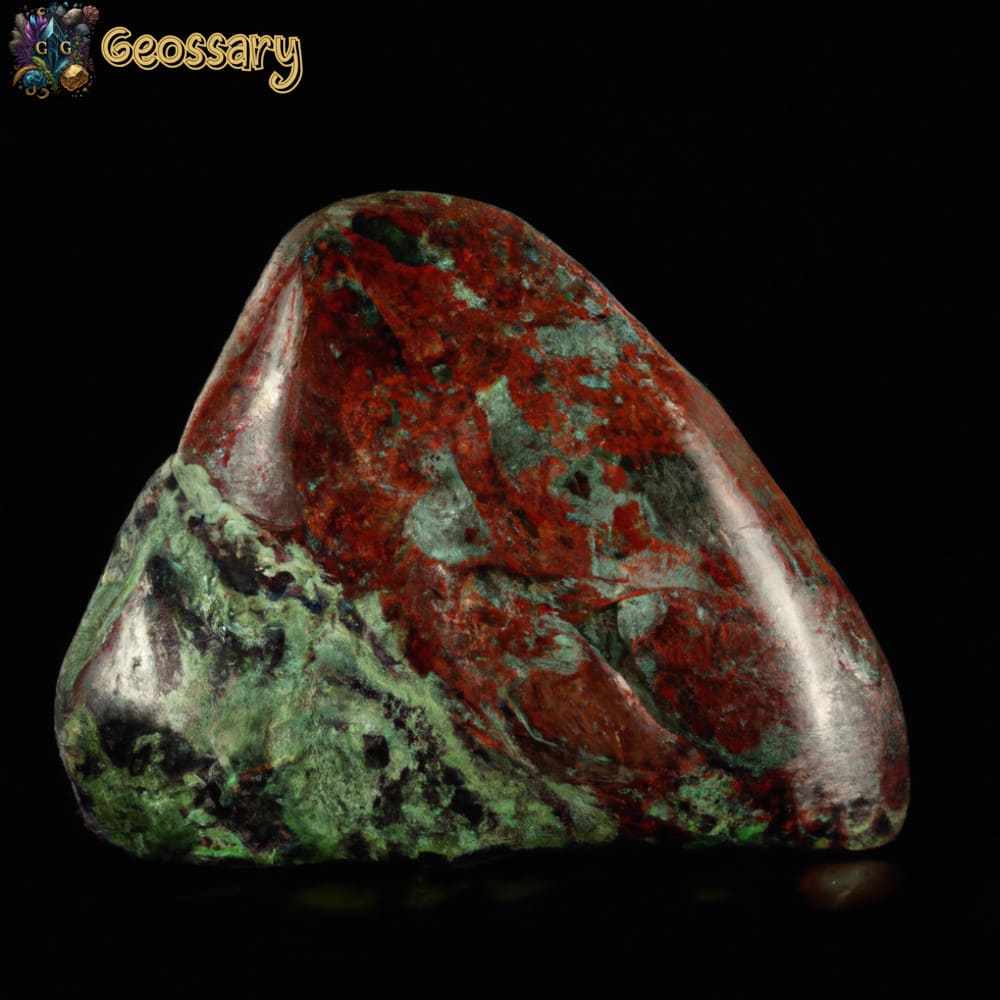Lignite is the second type of coal that forms after peat, therefore it is an organic sedimentary rock, but due to its physical and chemical characteristics it does not usually have many important uses. In this article you will learn all the properties and uses that lignite has.
What is lignite rock?
Lignite is an organic sedimentary rock that has between 65 to 70% carbon, 40% humidity, and generates about 17 to 18 MJ/kg of calorific value when combusted, in addition, it contains certain elements such as sulfur and Mercury, which is why it is considered a low-quality type of coal.
The lignite rock is the second stage of evolution in the types of coal, that is to say, it is that organic sedimentary rock that forms after the peat.
How is lignite rock formed?
basically the lignite It comes from the accumulation, compaction, diagenesis and lithification of plant organic remains in a swampy environment, and is considered the second stage in the formation of industrial coal until reaching anthracite.
When these plant remains are buried, they suffer from an increase in pressure and temperature until a compact organic sedimentary rock moderately rich in carbon is formed.
Properties and characteristics of lignite
Brown coal is generally characterized as having a higher percentage of carbon compared to peat, but a lower percentage compared to bituminous coal or hard coal.
Below is a table that compares some of the most important characteristics and properties between the different types of coal that exist in nature.
| Coal Type | Carbon (%) | Humidity (%) | Heat (MJ/kg) |
|---|---|---|---|
| Anthracite | 86-92 | 7-10 | 32-33 |
| bituminous coal | 76-86 | 8-18 | 23-33 |
| subbituminous coal | 70-76 | 18-38 | 18-23 |
| Lignite | 65-70 | 35-55 | 17-18 |
| Peat | 60 | 75 | fifteen |
Carbon percentage
Regarding the percentage of carbon, lignite rock is characterized by having between 65 and 70% carbon (C), that is, it has a low calorific or energetic value, between 17 and 18 MJ/Kg, therefore it is not usually very attractive for the energy industry in the world.
Chemical composition
The main component of lignite is carbon, however, this rock also contains sulfur, mercury and iron, but despite that, it is not considered a toxic rock.
When the iron content exceeds 3% it is named as oxidized lignite.
Structure and texture of lignite
Because this rock is formed by the continuous horizontal accumulation of plant debris, the rock structure often shows shapes and plant debris to the naked eye but with some preferred orientation generated by compaction.
Hardness
As for the hardness of the rock, it is not usually very hard or compact, in fact when it is removed from its outcrop it tends to disintegrate or break very easily.
This characteristic is important above all because the material cannot be transported very far from its source if it is to be put to use.
Uses and applications of lignite
The interesting thing about the lignite rock, as in any type of coal, is its calorific value.
Although this rock does not have the highest percentage of carbon (C), it can be used to create heat energy that can be used to generate electricity.
This feature is important for the following industries:
Uses in the petroleum industry
Large amounts of lignite are used for various processes that are done in the oil industry, these include the generation of electricity for machinery.
Uses in hydroelectric power plants
The turbines of hydroelectric plants need large amounts of electrical energy to move and also generate electricity, the combustion of lignite is ideal for this application.
Domestic uses of lignite
In cold places like Alaska or southern Argentina, lignite is used to heat homes, always taking proper ventilation precautions. It can also be used to cook certain foods.

